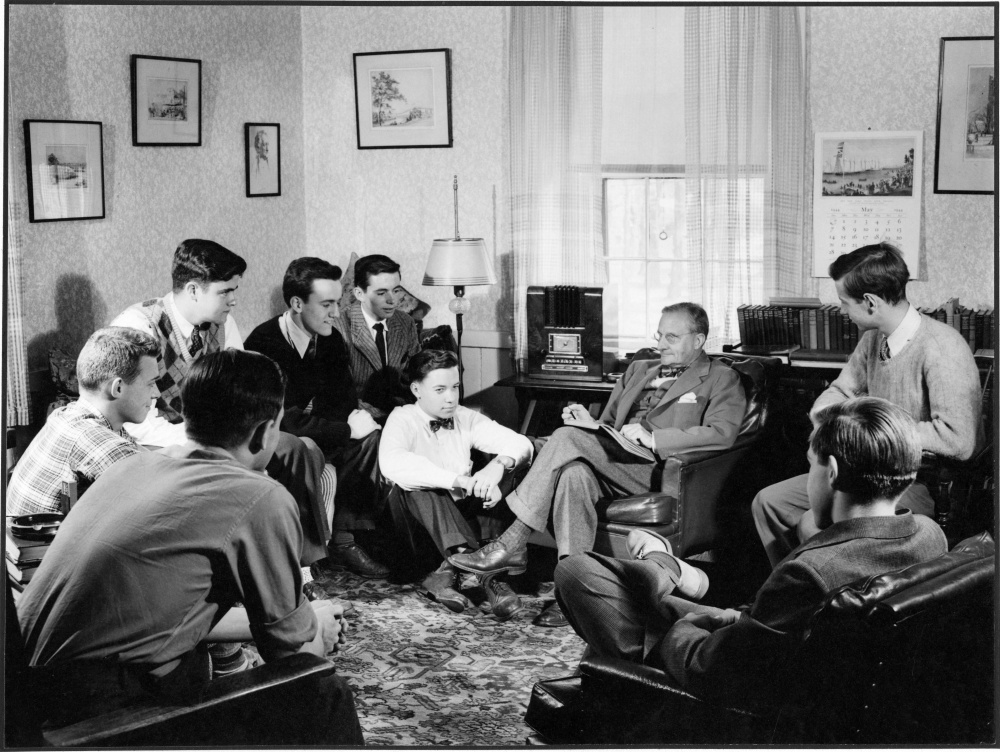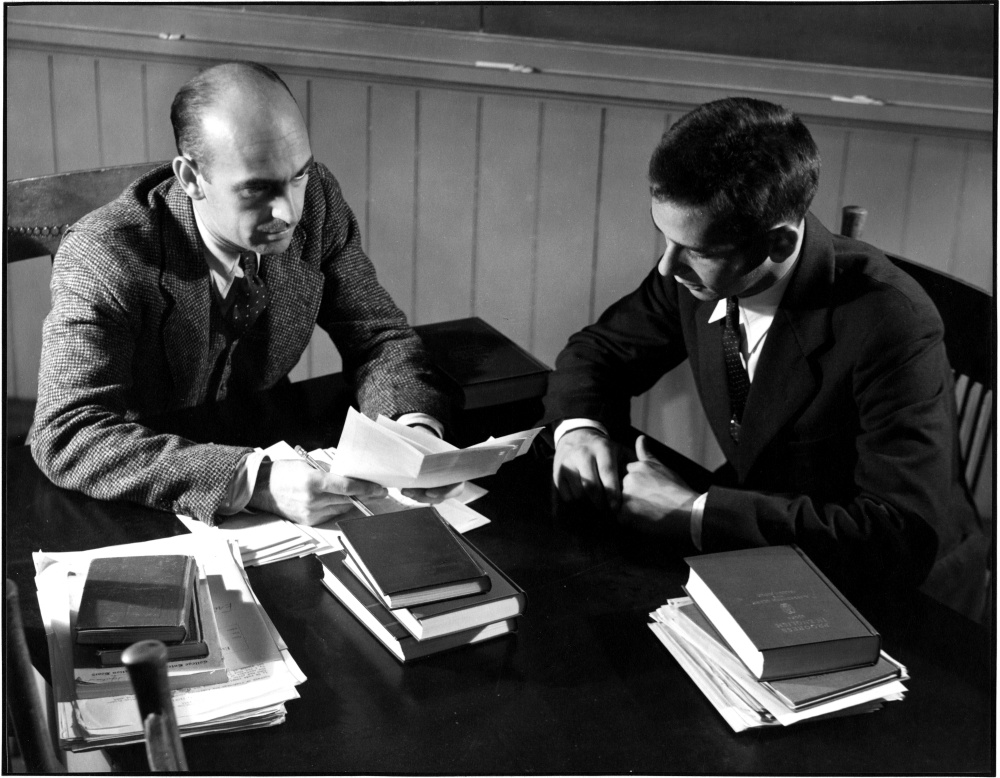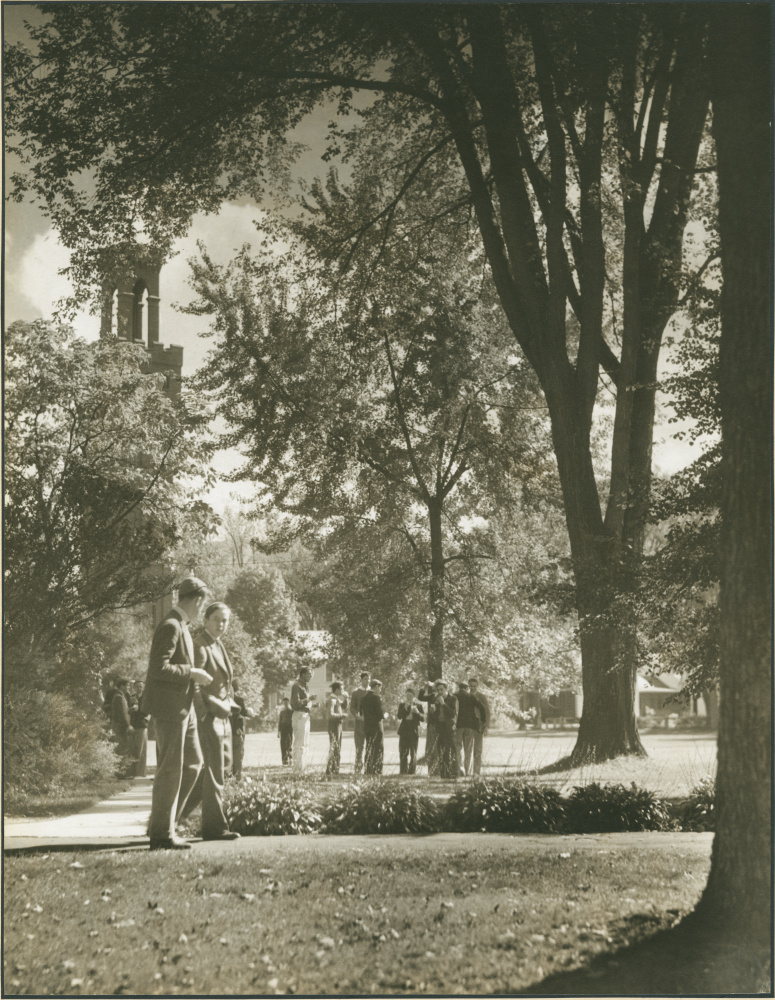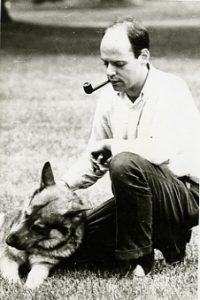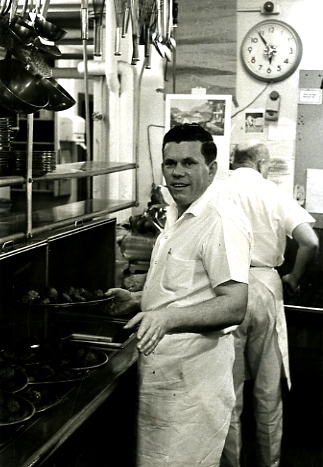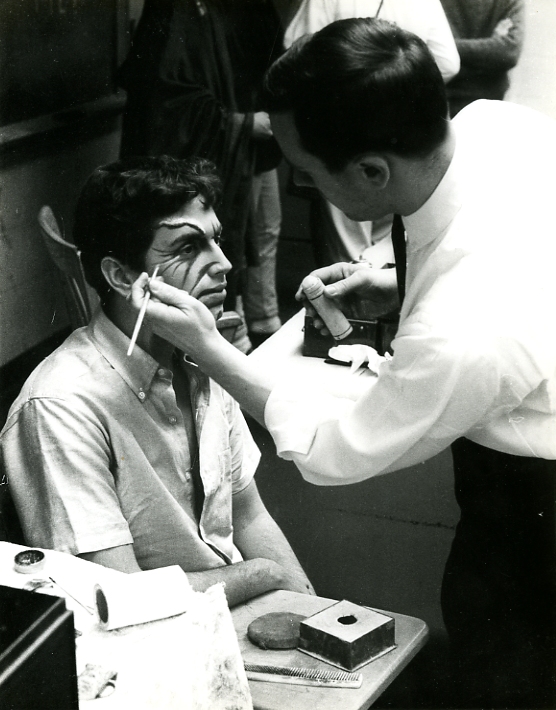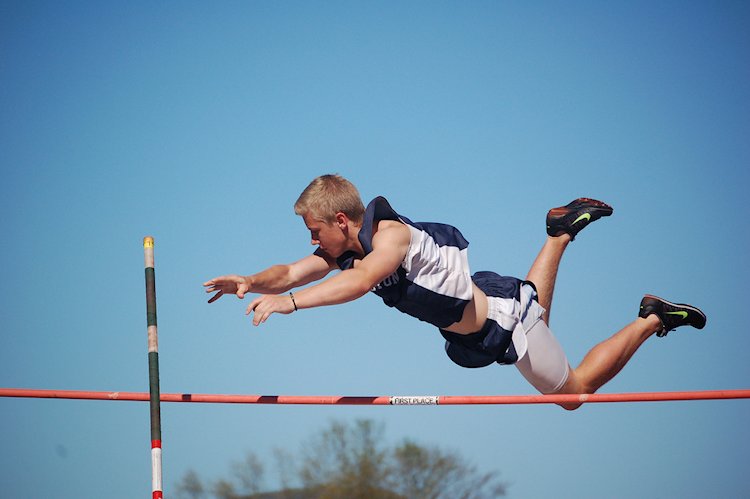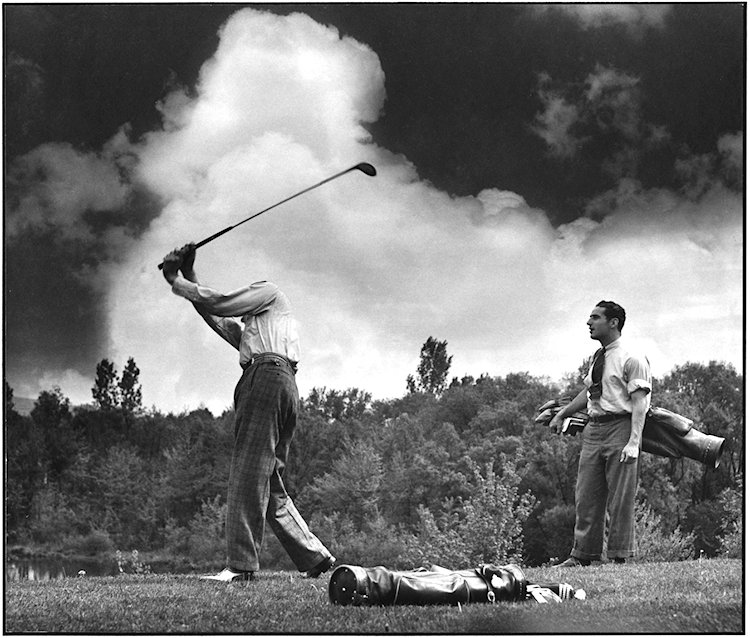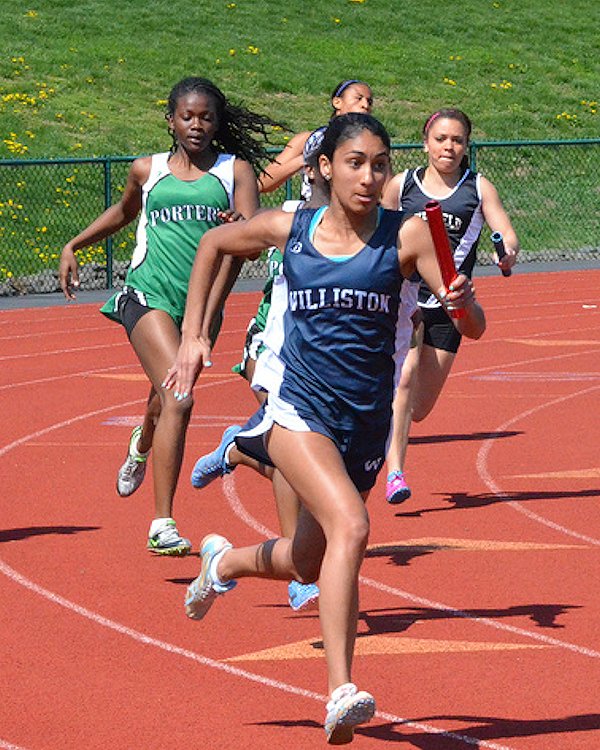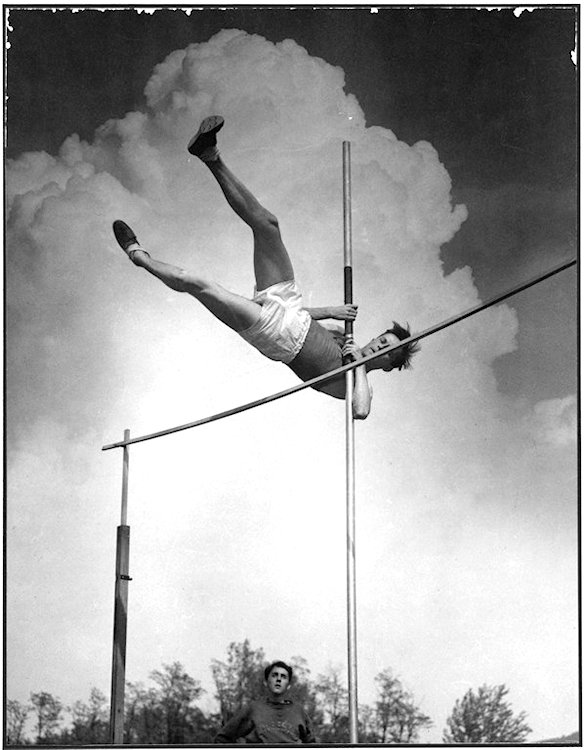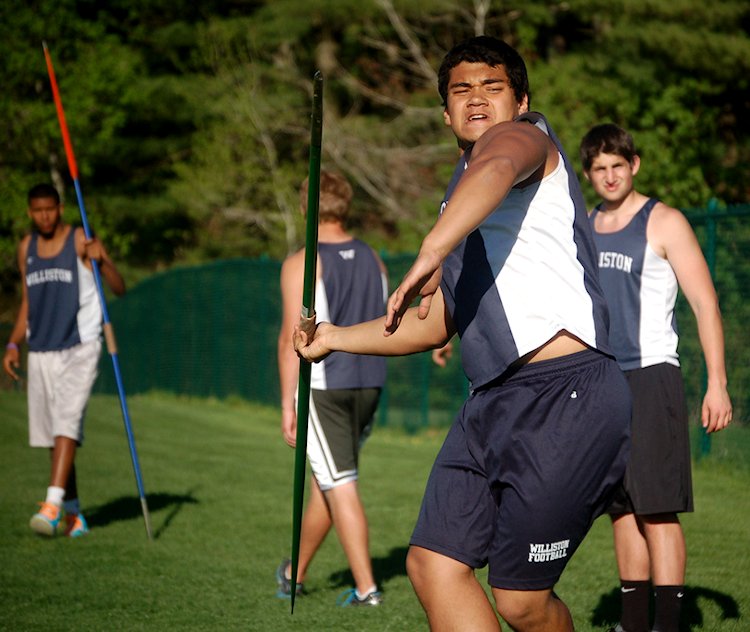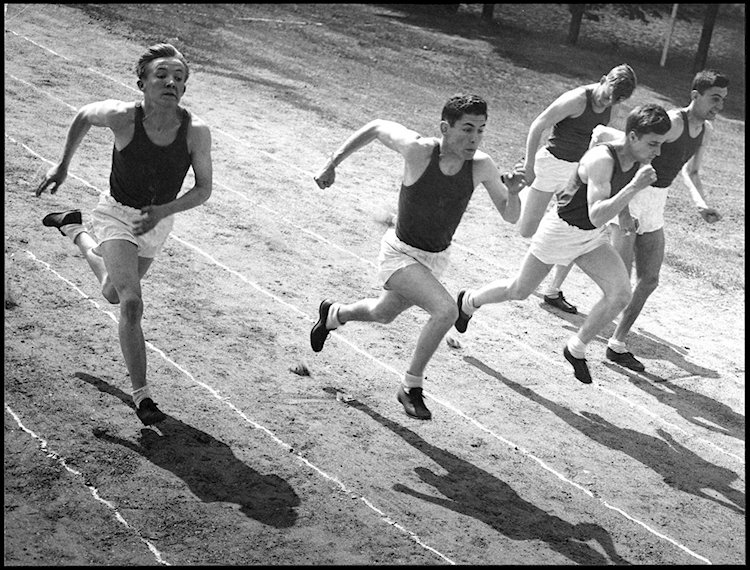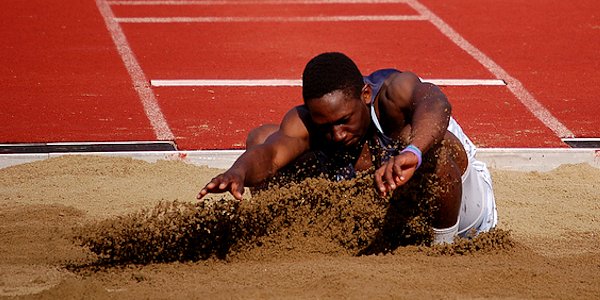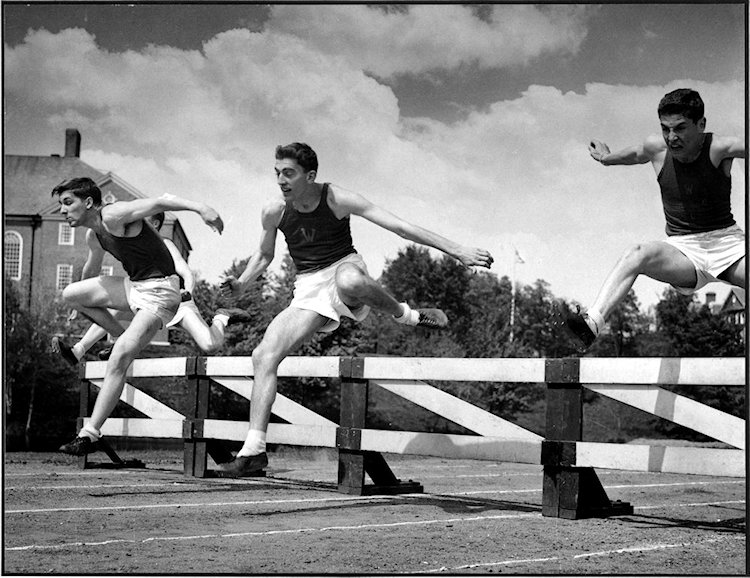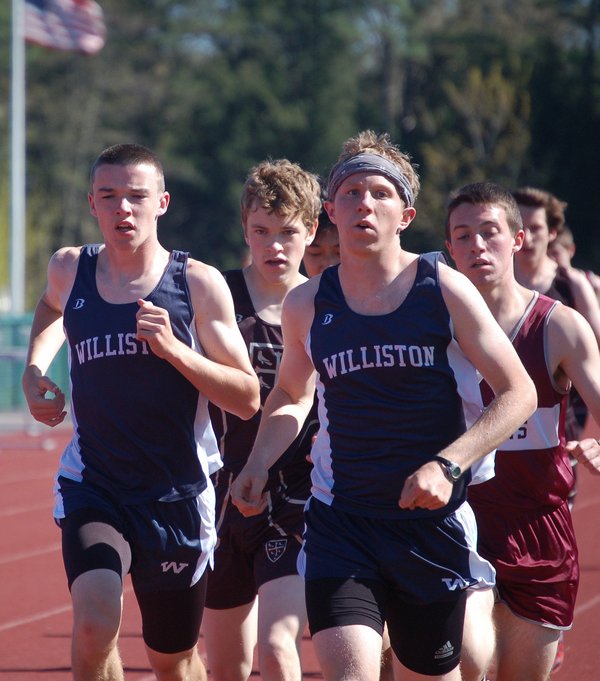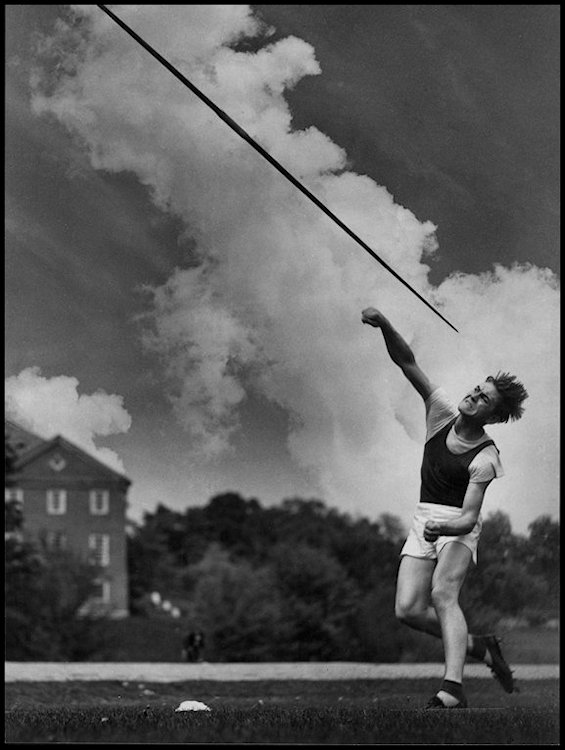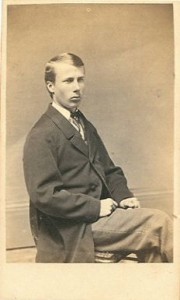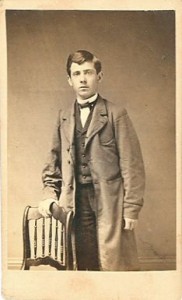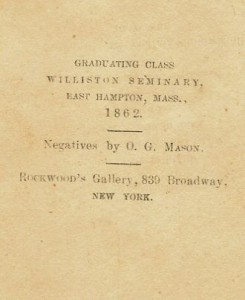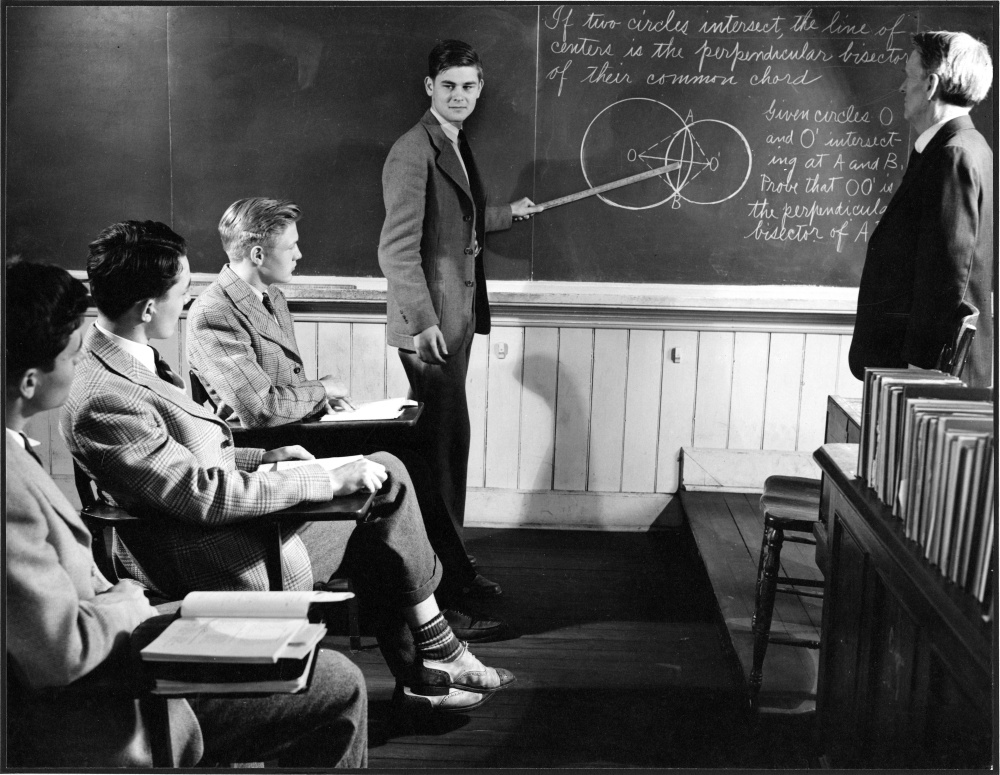
William Rittase (1894-1968) was an American photographer based in Philadelphia. On several occasions from the mid-1930 to the early 1950s, he was hired by Williston Academy to create catalogue images. He also, on at least one occasion in the ‘forties, shot photos at Northampton School for Girls. Rittase’s artistic interests lay in industrial and railroad subjects, for which his work is prized by collectors today. Catalogue photography was undoubtedly meant to pay the bills. But in retrospect, Rittase’s catalogue photography frequently surpasses the medium for which it was intended.
Rittase’s images are sprinkled throughout this blog, but only once, in A William Rittase Sports Gallery, have we devoted a full post just to his work. Not long ago his grandson left a comment on that page. That led to the realization that we have a great many wonderful images that we haven’t shared. Thus, this article.
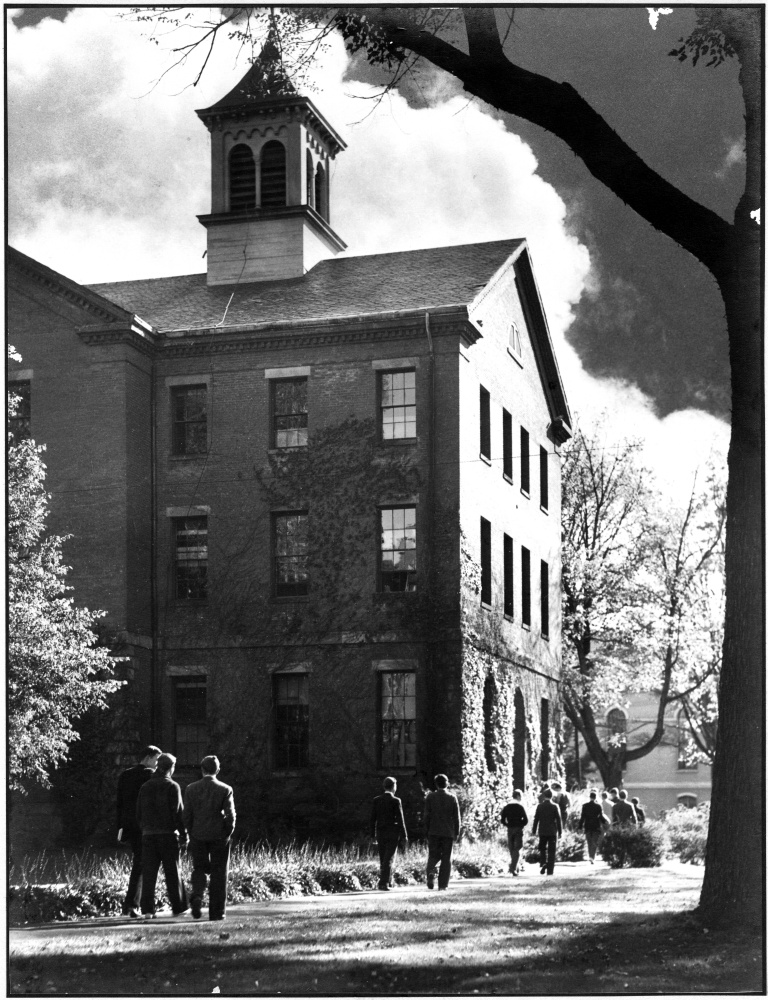
His style lent a distinctive look to Williston’s and Northampton’s marketing materials. Rittase’s work is typically characterized by dramatic lighting and high contrast between light and shadow. In outdoor photographs, billowing clouds are another signature. Sometimes he obtained his singular chiaroscuro through artificial means, placing floodlights at unusual angles, occasionally casting striking shadows. Retired Williston photography instructor Bob Couch ’50 has observed that Rittase’s trademark clouds sometimes repeat themselves from one image to the next. (And Rittase worked half a century before anyone had imagined digital photo editing.)

Most of Rittase’s photographs survive in the Archives as mounted gallery prints, in which the images measure approximately 13.75″ x 10.” Over the years, many of these have faded or the dyes in the prints turned sepia. But because we have the published images, and because other Rittase work is available as a reference, we have a good sense of what the originals once looked like. A number of years ago, using modern scanning and digital editing, we undertook a project to try to reproduce the photographs in something approximating their original state.
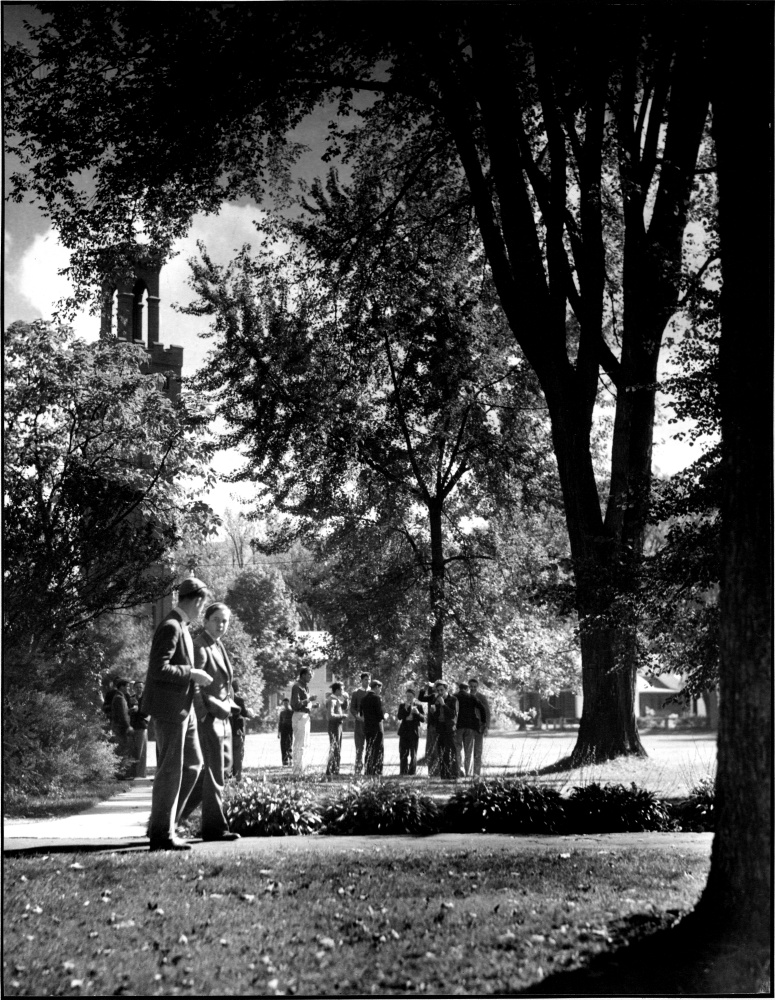
Beyond their often sheer beauty, Rittase’s pictures present aspects of student life and the campus that have long since vanished. Here are some of his best — or most interesting images. Viewers are encouraged to look for some of the Rittase attributes described above.
Faculty and Students
